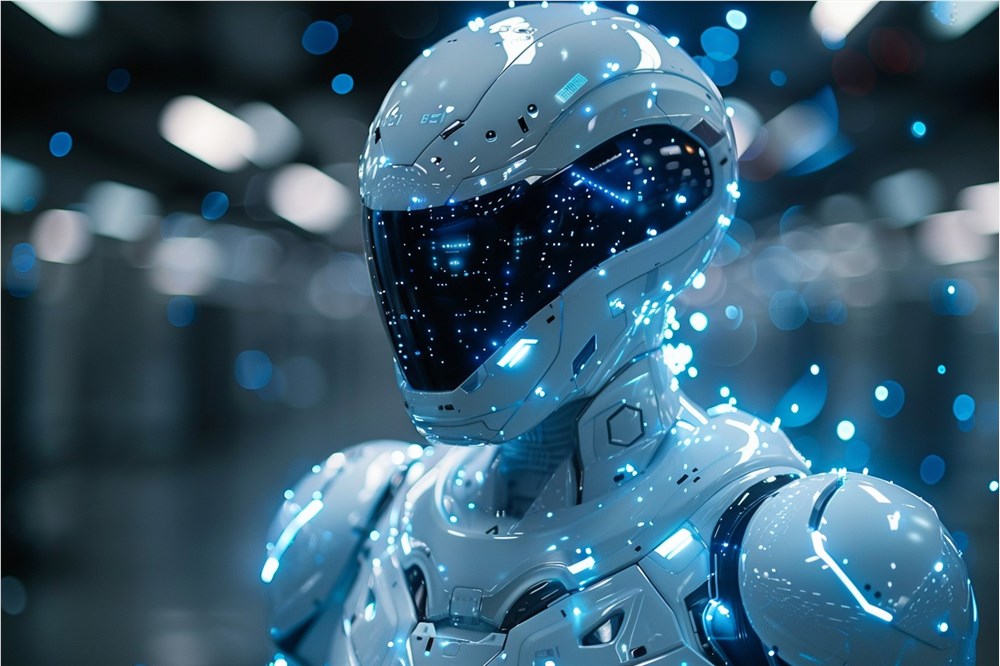In recent years, the learning mechanism of artificial intelligence models has been a hot research topic. This article introduces a recent study that reveals the hidden capabilities of AI models by analyzing the learning dynamics of AI models in "concept space" and how to use specific technologies to stimulate these capabilities to better understand and generate images. The study found that the learning process of the model does not develop linearly, but there are sudden turns and activation of hidden abilities. This research not only deepens our understanding of the learning mechanism of AI models, but also provides new ideas for developing more powerful AI systems.
Recently, a new research method has revealed the potential capabilities of AI models in the learning process, exceeding people's previous expectations. By analyzing the learning dynamics of the AI model in the "concept space", the researchers discovered how to make the AI system better understand and generate images.

Picture source note: The picture is generated by AI, and the picture authorization service provider Midjourney
"Concept space" is an abstract coordinate system that can represent the characteristics of each independent concept in the training data, such as the shape, color, or size of an object. The researchers say that by describing learning dynamics in this space, it can be revealed that the speed of concept learning and the order of learning are affected by data attributes, which are called "concept signals." This concept signal reflects the sensitivity of the data generation process to changes in concept values. For example, a model learns color faster when the difference between red and blue is evident in the data set.
During the research process, the research team observed that the learning dynamics of the model would undergo sudden changes in direction, from "concept memory" to "generalization". To verify this phenomenon, they trained a model with "large red circles", "large blue circles" and "small red circles" as input. The model cannot generate the "little blue circle" combination that does not appear in training through simple text prompts. However, using "potential intervention" techniques (ie, manipulating the activations responsible for color and size in the model) and "over-cueing" techniques (ie, enhancing color specifications through RGB values), the researchers successfully generated "little blue circles." This shows that although the model is able to understand the combination of "blue" and "small", it does not master this ability through simple text prompts.
The researchers also extended this method to real-world datasets, such as CelebA, which contains multiple facial image attributes such as gender and smile. The results showed that the model showed hiding ability when generating images of smiling women, but was weak when using basic cues. In addition, preliminary experiments also found that when using Stable Diffusion1.4, over-prompting can generate unusual images, such as a triangular credit card.
Therefore, the research team proposed a general hypothesis about hidden abilities: Generative models possess latent abilities that emerge suddenly and consistently during training, although the model may not exhibit these abilities when faced with ordinary cues.
Highlight:
AI models exhibit latent hidden capabilities during learning beyond what conventional cues can elicit.
Through techniques such as "latent intervention" and "over-prompting," researchers are able to activate these hidden abilities and generate unexpected images.
The study analyzes the learning dynamics of "concept space" and shows that the learning speed of different concepts is affected by data characteristics.
This research provides a new perspective for us to understand the learning mechanism of AI models, and also provides a valuable reference for the development and application of future AI models. The "concept space" analysis method and the "potential intervention" and "over-prompt" technologies provide effective tools for tapping the potential capabilities of AI models and are worthy of further research and application.